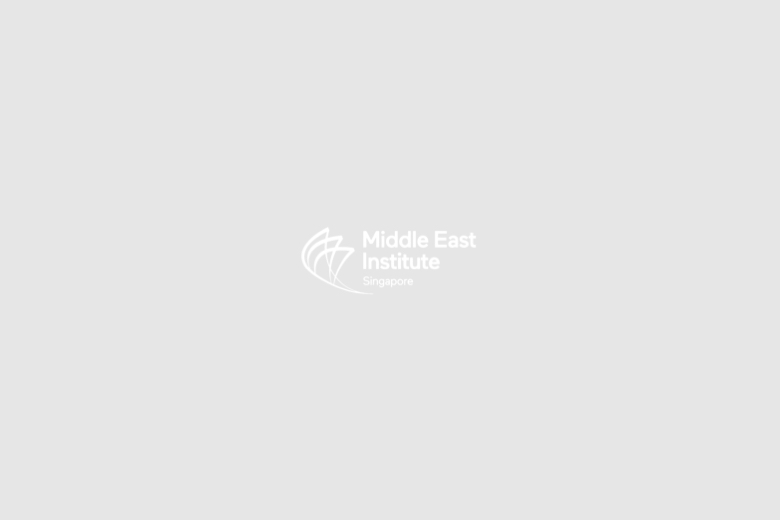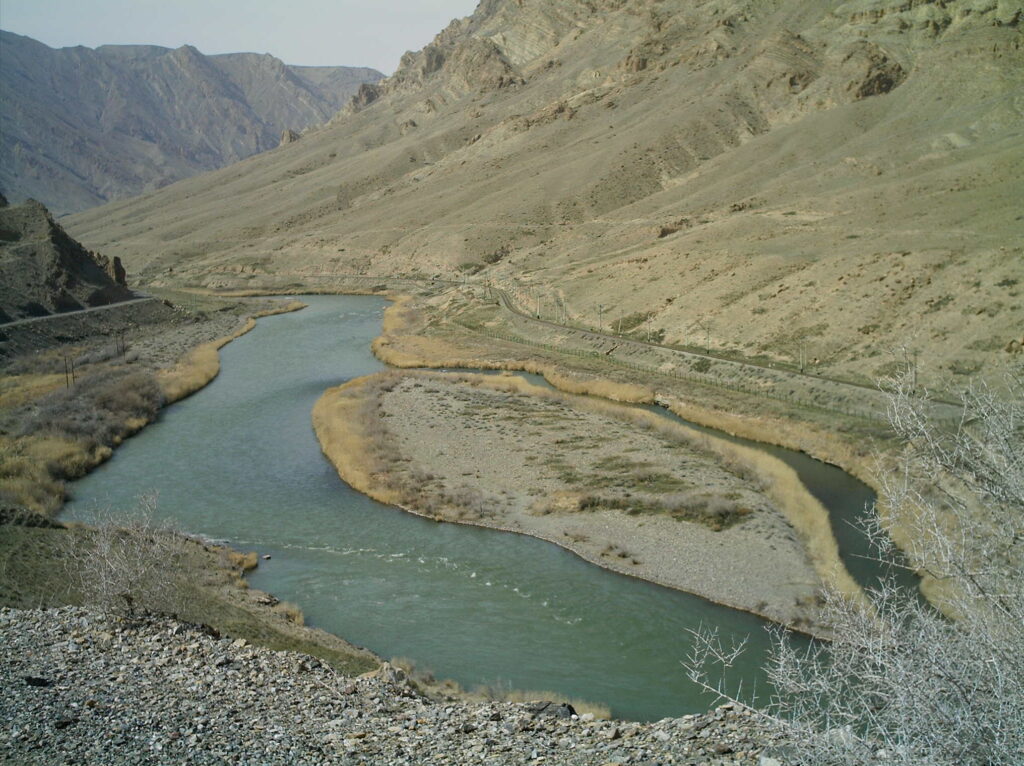By Madawi Al-Rasheed
Will the latest Saudi military exercise dubbed ‘Northern Thunder’ move swiftly from a spectacle of military might to a real invasion of Syria? In addition to its on-going military debacle in Yemen, Saudi Arabia seems to be preparing itself for yet another military engagement in the north. Only the coming weeks will confirm the commitment to invade Syria by a Saudi-Turkish coalition with the support of other willing countries. Should this invasion take place, it will no doubt push the Obama administration into making some hard but critical decisions that the president may have so far successfully managed to avoid or delay. What is at stake, it seems, is the old US alliance with the princes, who have yet to come to terms with the new challenging closer US-Iranian relations.
On 14 February the Saudis announced the beginning of the largest military exercise in the region, a show of both force and Muslim solidarity. According to Saudi sources, ‘Northern Thunder’ sends a clear message that the kingdom, its sister, brotherly and friendly countries joining the maneuver are standing together in the face of all challenges to preserve peace and stability in the region and the world at large. The operation launched its own Twitter account to register its presence and reported that twenty countries will participate in military exercises under the kingdom’s command until 10 March. In addition to the GCC, these include countries in Asia, amongst them are Pakistan and Malaysia and Africa, including smaller countries like the Maldives. These nations are part of the recently formed Islamic Coalition initiative launched by Saudi Arabia in December 2015 fight terrorism in general and the Islamic State in particular.
A ground invasion of Syria is yet to take place but the real question centres on what the US would do if the Saudis and their allies were to go ahead with the new military solution to the Syrian crisis. If allies of the US, mainly Saudi Arabia and a consortium of Sunni Muslim countries decide to move into Syria, will the US provide additional air cover and boost their ability to oust Syrian President Bashar al-Assad and his Lebanese and Iraqi ShiÔÇÿi allies? Will the US resist being dragged into the conflict in closer ways than the ones planned and practised by President Obama over the last five years? Will President Obama continue to resist deeper engagement in Syria towards the end of his presidency? What would US greater involvement on the side of the Saudis mean for the recently amended relations with Iran, following the agreement over its nuclear programme and the lifting of the sanctions?
The rival camps in the Syrian conflict are now easy to discern. On one side there is Assad, Iran, and a plethora of ShiÔÇÿi militias from Lebanon, Iraq and other countries, all supported by Russian airpower. Six months ago this camp looked as if it was on the verge of losing, but Russian intervention on the side of the Syrian regime has changed the game in favour of Assad. In the opposite camp, multiple Syrian rebels, supported by Turkey, Saudi Arabia, other GCC countries- some trained by the US- are currently struggling to act in unison and launch attacks to regain territories recently lost under Russian pressure.
Of course there is also the Islamic State whom all parties have pledged to fight and destroy but none has yet achieved a conclusive victory over the Caliphate. European countries, especially France do not seem too bothered at the moment with defeating Bashar al-Assad but are more concerned with IS after the terrorist attacks that took place in the heart of Paris in 2015-16, not to mention the broad European concern over Syrian refugees. In addition to their stated objective of defeating IS, European states are constantly searching for solutions that keep the refugees away form their doorsteps and limit their vulnerability to terrorist attacks.
This international conflict that has unfolded in Syria reveals that participants may not always have common objectives. It seems that Turkey is more concerned with the possible emergence of an independent Kurdish state in both Iraq and Syria than with defeating IS. Saudi Arabia itself has its own objectives in Syria and defeating IS may not be a priority, as weakening Iran’s influence in the Levant by defeating Assad seems to be the number one objective at the moment.
The Saudi promise to fight in Syria is yet another test directed at its US ally. The regime in Riyadh has failed on many occasions to drag the US into a fully-fledged war in Syria against Assad and his Iranian allies. This is the latest episode in the increasingly tense and troubled relationship between the US and Saudi Arabia.
The Saudis accused the US of handing Iraq to Iran after the US led invasion of 2003, thus helping the expansion of the ‘Shia crescent’ at their own expense. According to Wikileaks documents in 2009, the Saudis asked the US to cut the snake’s head (Iran) as requested by the late king Abdullah. Instead the US moved towards a greater rapprochement with Iran without engaging the Saudis in the process that led to agreement over Iran’s nuclear programme.
After Iraq, the Arab uprisings of 2011 caused further strains in US-Saudi relations. The real test was in Egypt where the US did not rush to help Egyptian president Mubarak, also an ally of Saudi Arabia, when he faced a mass uprising. The Saudis were shocked and lost faith in the superpower that had guaranteed their own security since after the second World War. At the time, the Saudis wondered what their ally, the US, would do if they were to face a similar internal protest movement that threatened the survival of the regime and oil production. Perhaps for the first time, the Saudis that US support cannot be taken for granted, although on previous occasion the US jumped at the opportunity to support them in the 1990s against Saddam Husayn’s invasion of Kuwait. Beginning during Obama’s presidency, Saudi Arabia began to question US commitment to save its regime. Perhaps Saudi Arabia sensed that its own national interests do not always correspond neatly to those of America since the Arab uprisings.
In both Bahrain and Yemen, Saudi Arabia at least secured US acquiescence over its military interventions. At least the US did not object to the new Saudi aggressive regional policy to preserve the al-Khalifa monarchy at all costs and crush the Bahraini protest movement. Saudi airstrikes in Yemen were also approved by the US, with any public expression of concern over civilian casualties. But the real crisis in the relationship between the US and Saudi Arabia was brewing in Syria.
From the very beginning Saudi Arabia wished for the deployment of US ground troops against Assad. While this did not happen, the Saudis had to accept the limited support and training schemes that the US devised to help Syrian rebel fighters in Jordan. After Obama’s redlines were crossed when it was reported that chemical weapons were used by the Syrian regime in the Ghuta on 21 August 2013, the President announced that if the US itself managed to confirm further chlorine use it would ‘once again work with the international community’ and ‘reach out to patrons of Assad like Russia to put a stop to it‘. The Saudis were again disappointed as they expected greater US engagement in the conflict with the objective of removing Assad from power.
After over a decade of successive disappointments with US foreign policy in the Arab world, the Saudis are unlikely to stop seeking US reassurances. One hopes that the Saudi current war game, Northern Thunder, is a message to the US rather than a provocation to force its ally into a fully-fledged engagement in Syria. Should this war happen, it will be a serious blow to all diplomatic and political efforts to reach an end to the Syrian saga. The human cost has already reached hundreds of thousands and pouring more foreign troops into Syria is bound to escalate this further without the promise of victory.
The cessation of Russian airstrikes and the humanitarian crisis should be an urgent priority rather than another military campaign. If the US can convince the Saudis that a ground war is counterproductive, and the Russians to halt their deadly air campaign, Obama would save the region more death and devastation.
In many respects, the Saudi regime seems to suffer from some kind of abandonment anxiety, hence its determination to keep the trail of provocations going until it becomes convinced that the US will remain its protector and saviour at times of crisis. The princes in Riyadh want to know without any doubt what the US will do should the Saudi regime face serious threats either domestically from mass protest or regionally from their arch-enemy Iran. Until the US unequivocally reassures them, the princes will continue with their war games.
Dr. Madawi Al-Rasheed is a visiting Professor at the Middle East Institute, National University of Singapore. She has written extensively about Saudi Arabia, Arab migration, globalization, religious transnationalism and gender. He most recent book Muted Modernists: the Struggle over Divine Politics in Saudi Arabia is published by Hurst/OUP in 2015.





